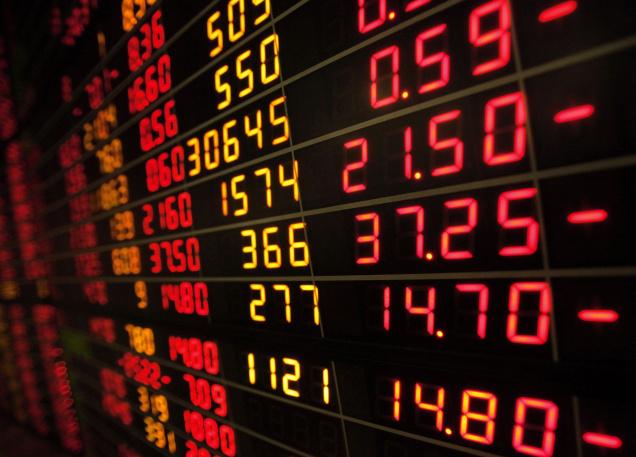Trying to best guess financial markets is a sure way to lose money on investments.
In volatile markets, the impact of best day trading can add money to the value of a portfolio or boost income.
But miss those few and far between days and investments can look rather lean.
To prove the point, fund manager Fidelity International looked at how £1,000 invested in the FTSE All Share index in July 1986 looks 30 years on.
An investor who resisted the temptation to move the cash for the entire period would have turned that £1,000 investment into £14,034.
Missing 10 best days for increasing share values would have wiped £6,594 off the value of the portfolio, leaving the investor with £7,440.
Don’t miss best day trading
The figures are even worse if the investor misses 20, 30 or 40 best days.
The pot shrinks significantly for all of them.
Losing the share price increases on 20 best days gives an investor £4,817 over 30 years, while missing 30 returns £3,294 and 40 offers £2,329.
In percentage terms, failing to stick with the market nearly cuts annual returns in half – reducing them from 9.1% to 4.1%.
The cumulative return over the 30 years is affected even more – slashed from 1,303% to 229%.
“Trying to predict the future of financial markets is impossible and even what the experts say has proved unreliable,” said Fidelity’s Tom Stevenson.
Two simple investment strategies
“What we do know is anyone moving their investments could miss a boost from best day trading that could see them lose a significant amount of money.”
Stevenson offers two simple strategies for investing while markets are volatile.
“Avoid stopping and starting investments. Timing the market is fraught with danger because the best days in the market often come hot on the heels of the worst. Withdrawing from the fray can mean you miss out on these rallies. Doing so can seriously compromise your long-term returns,” he said.
“Diversification is a basic principle of any successful investment portfolio and, when it comes to picking funds, the rules of spreading your risk still apply. None of us can say with any certainty which asset class or geography will deliver the best returns over time. So why restrict yourself?”
